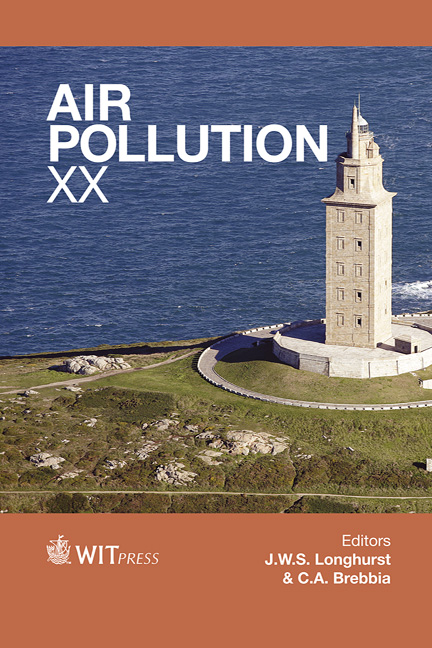Personal Exposure To Particle Concentration In A Busy Street
Price
Free (open access)
Transaction
Volume
157
Pages
11
Page Range
99 - 109
Published
2012
Size
2,068 kb
Paper DOI
10.2495/AIR120101
Copyright
WIT Press
Author(s)
J. Garcia, R. Cerdeira, N. Tavares & L. M. R. Coelho
Abstract
Humanity has been discussing aspects like environment, sustainable development, public health, leisure and work. Connections between these aspects are increasing its importance to decision makers. Urban air quality levels are one of the most important items, concerning public health in urban environment. The knowledge of pollutants influence on human health is a matter of major importance nowadays, and it is known that personal exposure to particle concentration is a key factor in citizens’ health. Aspects like street geometry, motorways, pedestrian ways, traffic strategies, time and schedules, can influence air quality levels and consequently human exposure. This paper studies the influence of street geometry, wind direction, daily car traffic, pedestrian trajectories and particle matter concentration (PM10) levels in short-term personal exposure on a busy street of Barreiro City in Portugal. Ansys Fluent was used to simulate particle dispersion in Bocage Street. Buildings’ height, width, length and geometry, as well as distance between buildings and road width were considered in the simulation work. Different meteorological conditions were simulated, namely, wind direction and wind velocity. The results show that pollutant concentration is highly dependent on street geometry and wind conditions. The pedestrian trajectories and their time schedules also play a major rule in short-term personal exposure to PM10. It was noticed that when the building’s orientation is the same as the wind, good pollutant dispersion is promoted. Also different size in buildings promotes recirculation that can be positive, increasing the wind velocity and promoting pollutant dispersion, if the wind direction is from North, or negative trapping pollutants when the wind is from South. It is also possible to conclude that pedestrian trajectories that correspond to crossing the road in the centre of the
Keywords
PM10, personal exposure, street canyon, buildings configuration, fluent





